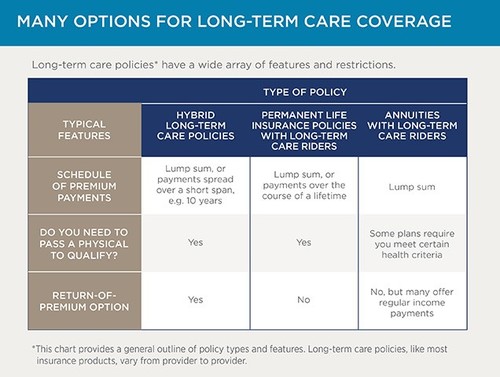
You or a loved-one may be considering assisted living in Wisconsin. Here are some things to consider. To begin with, you need to understand how much assisted living will cost in Wisconsin. It is also important to learn about Medicaid waivers, minimum beds per facility, and regulations for assisted living facilities.
Cost of assisted-living in Wisconsin
The cost of assisted living in Wisconsin can vary greatly depending on the location and the needs of the seniors. The cost of assisted living can range from $1460 per month to $41,000 per year. The cost of assisted living can vary depending upon whether the resident has Alzheimer’s or dementia. However, the average cost of assisted living in Wisconsin is still lower than the national average.
Medicaid does NOT cover assisted living in Wisconsin. But, there is a variety of non-Medicaid assistance programs. These can be accessed through the local ADRC. Life insurance policies can provide long-term benefits. These policies cover some of the costs associated with assisted living such as transportation and health care. In addition, real estate and retirement funds may be used to help with assisted living costs.

Medicaid waivers
Medicaid waivers in Wisconsin are available to those who need assisted living services but don't have enough money. There are several programs that you can choose from, such as the Community Options Program II. Each program offers different benefits and eligibility requirements. In general, these programs provide home care and non-care assistance for elderly individuals.
Waivers allow states to experiment with different service delivery models and payment options. States have used Medicaid funds from Section 1115 waivers to purchase premiums for exchange coverage, expand managed care, and restructure service delivery systems.
Maximum number of beds permitted in a facility
When establishing an assisted living facility, it is important to meet the state's minimum requirements. These requirements can vary depending upon the type of facility. Wisconsin law requires facilities to comply with city and state building codes as well as zoning laws. Consider the number and quality of beds.
A number of factors influence the minimum number beds that can be placed in an assisted living facility. This includes the size, structure, number of staff, as well as the type of occupancy. The facility must adhere to certain construction standards, depending on the size and occupancy. A nursing home, for instance, must have one toilet per ten residents.

Regulations for assisted living facilities
You should be familiar with the Wisconsin regulations regarding assisted living facilities if you are considering putting your loved one into an assisted living facility. These regulations cover a wide range of topics including what the residents can expect from their environment and the level of care they need. The DHS's County by County Directory of Residential Care Providers for Wisconsin can help you determine what regulations are applicable to a particular facility. The compliance history for each facility is also listed in this directory.
Regulations for assisted living facilities in Wisconsin vary widely. Some facilities may require an assessment and a plan of care. Some facilities have strict requirements about the maximum number of residents that a room can accommodate, such as a minimum size. Some facilities may also have privacy rules and restrictions regarding who can be in a particular room at one time.